Exploring Light: My Top 10 Tips for Photographing Gorgeous Sunrises & Sunsets
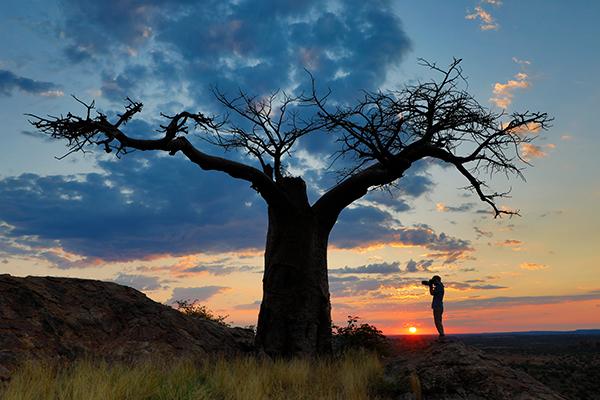
(Editor's Note: Exploring Light is a new monthly Shutterbug column featuring tips, tricks, and photo advice from professional photographers in Canon's Explorers of Light education program. This month's column is by Rick Sammon on how to shoot sunrises and sunsets.)
Rick Sammon, Canon Explorer of Light (since 2003) here. When people ask me about my specialty as a photographer, I say, “My specialty is not specializing; I like to do it all: portraits, landscapes, travel, wildlife, close-ups and so on.”
Personally, I think not specializing is a good approach for photographers, because what you learn in one area you can apply to another area. What’s more, the more versatile you are, the more “attractive” you are to potential clients.
Over the past 40 years I’ve written articles on just about every photographic topic. Good fun for sure. In this article I’d like to share with you some of my favorite sunrise and sunset photograph tips that I have learned through my travels around the country and around the world.
Safety First. Don’t look directly into the sun at sunrise and sunset – or any time for that matter. The sun’s bright light can damage your eyes and may contribute to a loss in vision. To protect your eyes, wear sunglasses.
Also, if you have a digital SLR, use your camera’s Live View feature, which is much easier on your eyes than looking through your camera’s optical viewfinder.
On that note, one of the advantages of shooting with a mirrorless camera, like the Canon EOS R (which I now use exclusively), is that you are looking at the scene on a screen.

#1 Create the Starburst Effect
When the sun is in the frame, set your aperture to f/22 to get the starburst effect. The wider the lens, the more pronounced the starburst effect. Also, make sure the front element of your lens is totally clean. Even a tiny speck of dust can look like a big blob in a picture when you are shooting into the sun.

#2 Watch the Horizon Line
Usually, placing the horizon line in the center of the frame is boring. When the sky is interesting, place the horizon line at the bottom of the frame, and vice versa. Also make sure the horizon line is level. You can check this by using the level feature in your camera (available on several Canon digital SLRs and mirrorless cameras).

#3 Try Composing Using the Rule of Thirds
Placing the sun in the dead center of the frame is deadly – usually deadly boring. Rather, imagine a tic-tac-toe grid placed over a scene, and try to place the sun where the lines intersect.
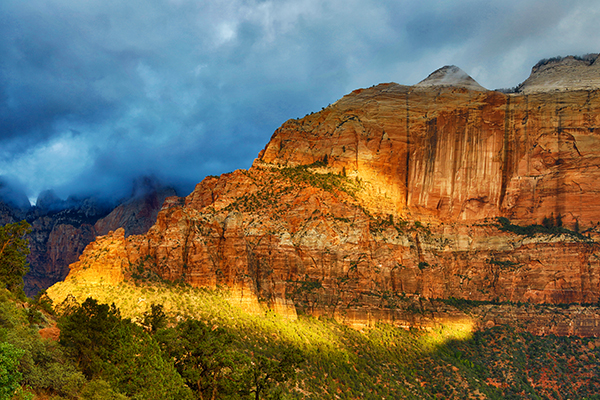
#4 Expose for the Highlights
In high-contrast situations, it’s important to expose for the highlights. Make sure your camera’s Highlight Alert feature is activated and avoid “blinkies” (available on most Canon digital SLRs and mirrorless cameras).
Also check your histogram, either in the viewfinder or on the LCD monitor, and make sure you don’t have a big spike on the right.

#5 Go for Black-and-White
Strong shadows at sunrise and sunset help to produce dramatic images. Those strong shadows can look even more dramatic in a black-and-white photograph. Remember in black-and-white photography, contrast is king.

#6 Pack a Flashlight
For the best sunrise shots, you’ll probably want to arrive well before the sun rises, maybe even in total darkness. Wearing a head-mounted flashlight will let you set up your equipment without having to hold a flashlight.

#7 Always Look Back
Don't forget to look behind you when you are photographing sunrises and sunsets. The light is good back there, too. These snow geese were taking off behind me when I was facing the sun. Good thing I looked back!

#8 Place a Person in the Scene
No matter how small a person is in a scene, that person adds a sense of scale to the photograph, as well as adding a human touch – and a sense of “being there.” This type of photograph – big view/small subject – is very popular on Instagram.
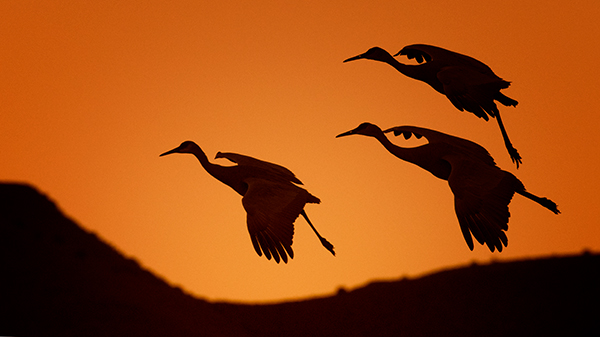
#9 Leave Room
If a subject is moving in the frame, leave some room into which the subject can move.
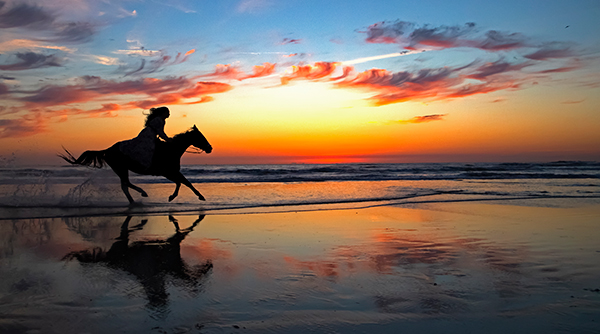
#10 Include Reflections
When photographing sunrises and sunsets by the ocean, you can get beautiful reflections in the still, shallow water on the beach. When composing your picture, make sure that the top of your subject is not cut off in the bottom of your frame.
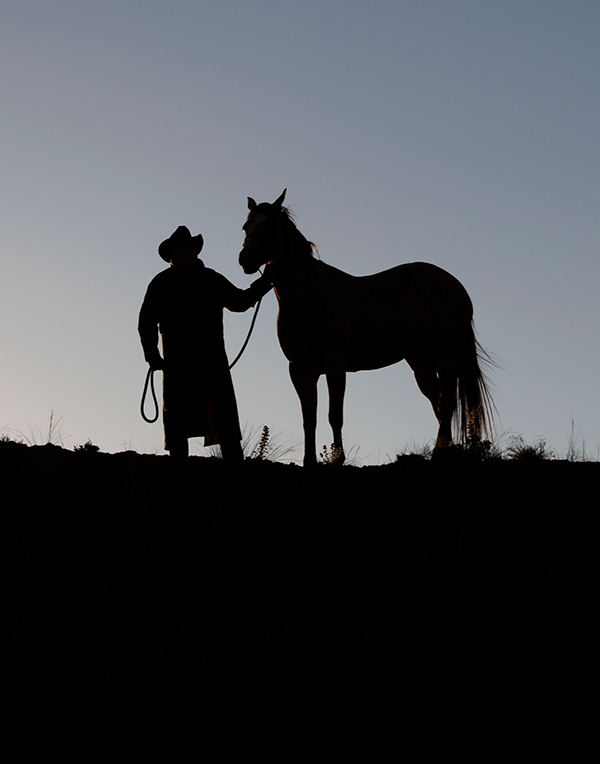

Bonus Tip: Think Photoshop and Lightroom when a sunset or sunrise is dull and flat. Try adding a color gradual filter or create a reflection that includes a ripple. It’s good fun, as illustrated in this pair of images.

See more of Rick Sammon's images on his website. You can read his bio here. You can also find and follow Rick on social media:
Instagram: https://www.instagram.com/ricksammonphotography/
Twitter: https://twitter.com/ricksammon
Facebook: https://www.facebook.com/RickSammonPhotography/
YouTube: https://www.youtube.com/user/RickGodfatherSammon
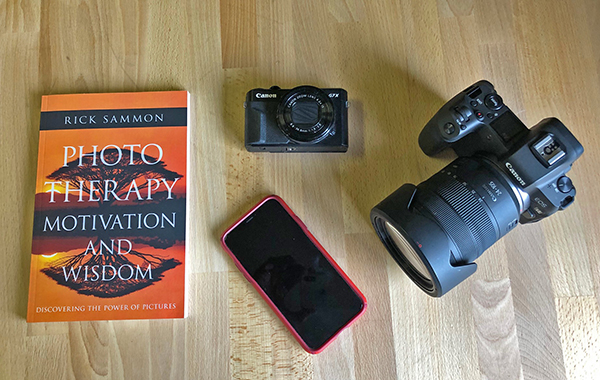
Check out Rick’s 40th book, Photo Therapy Motivation and Wisdom – Discovering the Power of Pictures.
- Log in or register to post comments

















































